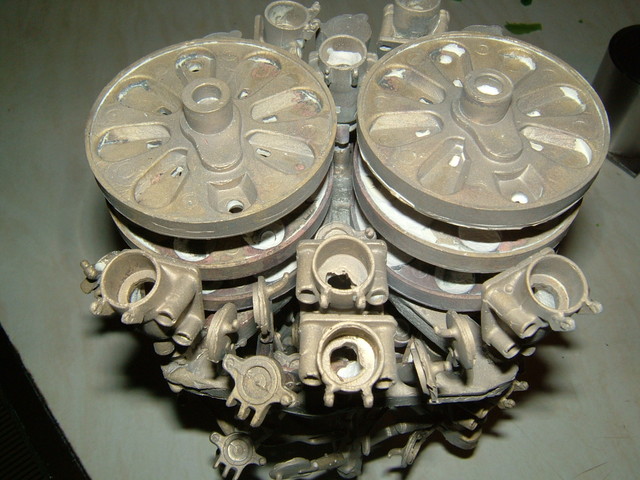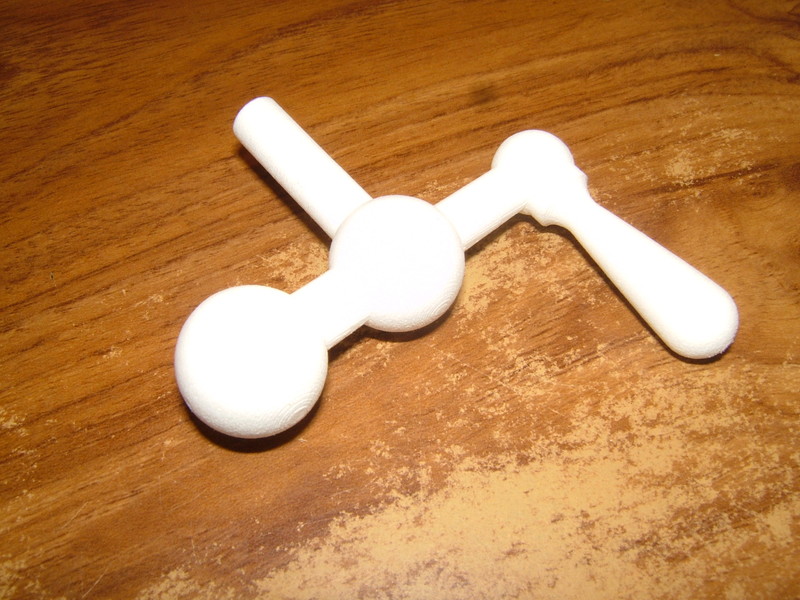Maury use to cast hard plastic production patterns to send to the foundry, so as not to risk damaging the original patterns.
The problem with all the castable resins as I see it (two problems: expense, and shelf life).
I think I can cast a permanent aluminum pattern much cheaper than a cast plastic one, and my aluimum ingots don't go bad over time.
Much boils down to how many times you plan on using a pattern; ie: 1-5, 5-50, 50-100, more than 100 times, etc.
As the numbers go up, I think a cast aluminum permanent pattern is the most cost effective.
Bound sand stresses the pattern alot more, since the pull has to be straight out of the sand, and you can't wiggle the pattern around in the sand like you do with greensand or petrobond.
And the pattern sticks to bound sand.
The more complex the pattern, the more sticking surfaces.
Much to consider if you start thinking of production, and not just a few one-off hobby castings.
.
The problem with all the castable resins as I see it (two problems: expense, and shelf life).
I think I can cast a permanent aluminum pattern much cheaper than a cast plastic one, and my aluimum ingots don't go bad over time.
Much boils down to how many times you plan on using a pattern; ie: 1-5, 5-50, 50-100, more than 100 times, etc.
As the numbers go up, I think a cast aluminum permanent pattern is the most cost effective.
Bound sand stresses the pattern alot more, since the pull has to be straight out of the sand, and you can't wiggle the pattern around in the sand like you do with greensand or petrobond.
And the pattern sticks to bound sand.
The more complex the pattern, the more sticking surfaces.
Much to consider if you start thinking of production, and not just a few one-off hobby castings.
.









